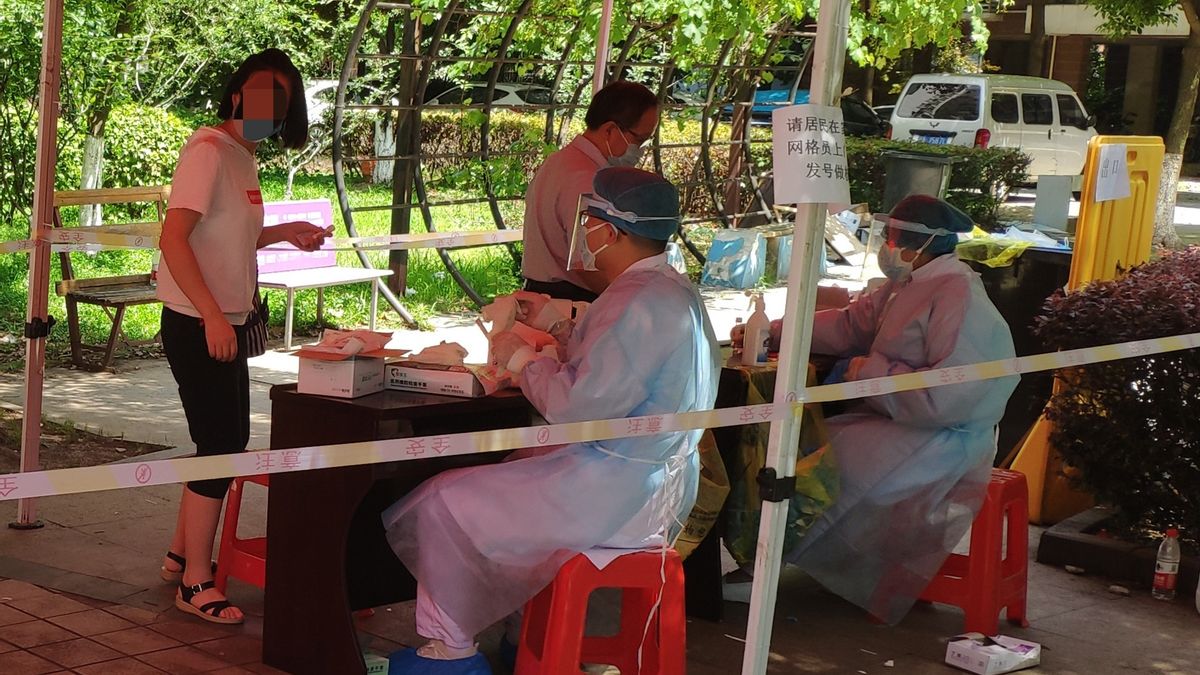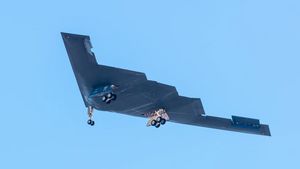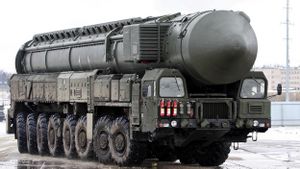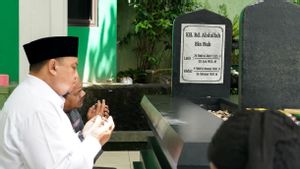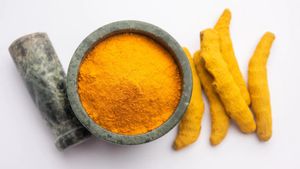JAKARTA - China is preparing to test tens of thousands of blood bank samples from the city of Wuhan, as part of efforts to investigate the origins of COVID-19, according to a Chinese official. The move comes amid growing calls for transparency on the origins of the virus.
The storage of up to 200,000 samples, including those from the closing months of 2019, was designated in February this year by a panel of investigators by the World Health Organization (WHO) as a possible source of key information that could help determine when and where the virus first crossed into humans. .
The samples are stored at the Wuhan Blood Center, and are estimated to cover 2019, providing real-time tissue samples from a large population in the Chinese city where SARS-CoV-2 is thought to have first infected humans.
The blood bank samples have been kept for two years, Chinese officials said, if needed as evidence in any lawsuits related to the blood donation they came from, citing CNN Oct. 13.
That two-year waiting period is coming to an end for the crucial months of October and November 2019, when most experts think the virus could first infect humans.
An official from China's National Health Commission told CNN that testing preparations are currently underway, with confirmed testing to be carried out once the two-year limit is reached.

"This provides the closest real-time sample in the world we've seen to help us understand the timing of the outbreak," said Yanzhong Huang, senior researcher for global health at the Council on Foreign Relations.
"They're really going to contain important clues," said Maureen Miller, professor of epidemiology at Columbia University. He urged China to allow foreign experts to observe the process. "No one will believe any of the results that China reports, unless at least there are qualified observers," he said
Meanwhile, the head of the Chinese team working on the WHO investigation, Liang Wannian, first said in a July press conference that China would test samples, adding that once Chinese experts "get the results, they will send them to Chinese experts and foreign teams."
Liang said the sample came from the donor's blood bag opening tube, tightly sealed and then stored, and Chinese experts have made several assessments and evaluations on the testing method and action plan, which will be implemented after the expiration of the two-year deadline.
Samples, if stored properly, could contain important markers of the first antibodies made by humans to fight the disease, experts say.
Liang said in July, while the first reported case occurred in Wuhan on December 8, "our study and previous related research papers from Chinese scientists fully suggest December 8 may not be the main case. There may be other cases that occurred earlier."
Apart, Dr. William Schaffner, of the infectious diseases division of the Vanderbilt University Department of Medicine, said the sample presented an exciting opportunity.
"You want to go back to find out exactly which months this virus started to leave its fingerprints on China's human population in the years to come," he said.
The samples may even show who was first infected, where, and their age and occupation, Miller added.
"It's a common practice to omit the identity of the sample. So you can break it down into basic demographics, age, gender environment where they live. All that data will be available," he explained.

Schaffner suggested samples could be brought to Geneva, Switzerland (WHO headquarters), or another neutral destination, to allow WHO experts to take part in testing.
He said two possible problems with the samples could be "the integrity of the blood samples, making sure they weren't made recently," but also how representative the overall population of blood donors is.
Miller said many of the samples were likely taken from healthy individuals, "so they would be representative of asymptomatic cases. And as we've learned during the pandemic, asymptomatic cases trigger the COVID-19 pandemic."
Huang said it was unclear to what extent the outside world would believe the findings to be credible or convincing, and the test marked an opportunity for China to "tell the world that they are serious about depoliticizing the origins investigation."
Separately, President Joe Biden's Administration conducted a 90-day intelligence review of how the virus originated. An unclassified report, however, still considers natural animal-to-human transmission and laboratory leaks as plausible theories, but is unable to determine which is more likely.
President Joe Biden, upon receiving a classified version of the report, said: "Important information about the origins of this pandemic is in the People's Republic of China, but from the start, government officials in China have worked to prevent international investigators and members of the global public health community from accessing it. ."
China insists it has been transparent and assists the WHO investigation, and in its latest statement on coronavirus theories leaked from laboratories, pointed to unproven claims about Fort Detrick, the US laboratory in Maryland, and the need to have it checked recently.
The English, Chinese, Japanese, Arabic, and French versions are automatically generated by the AI. So there may still be inaccuracies in translating, please always see Indonesian as our main language. (system supported by DigitalSiber.id)
